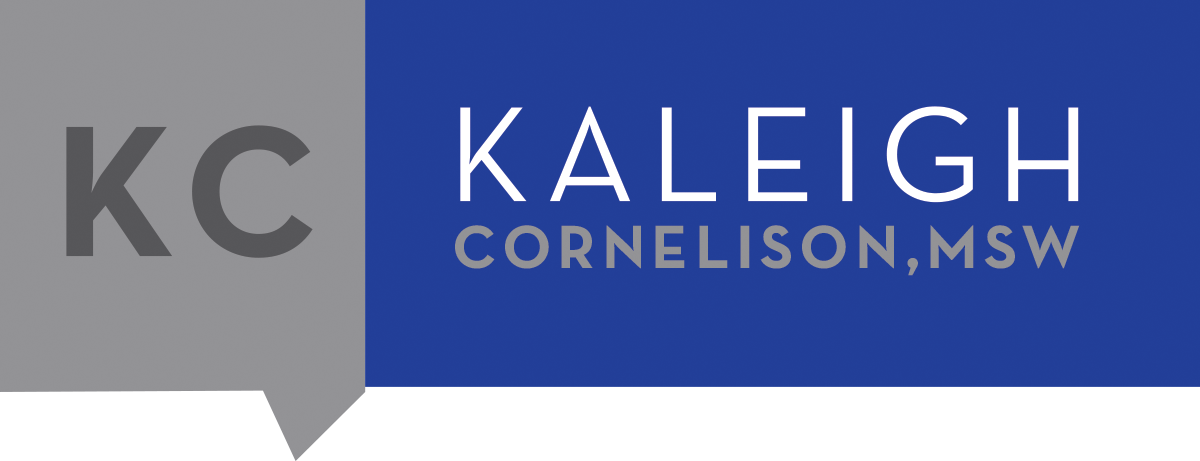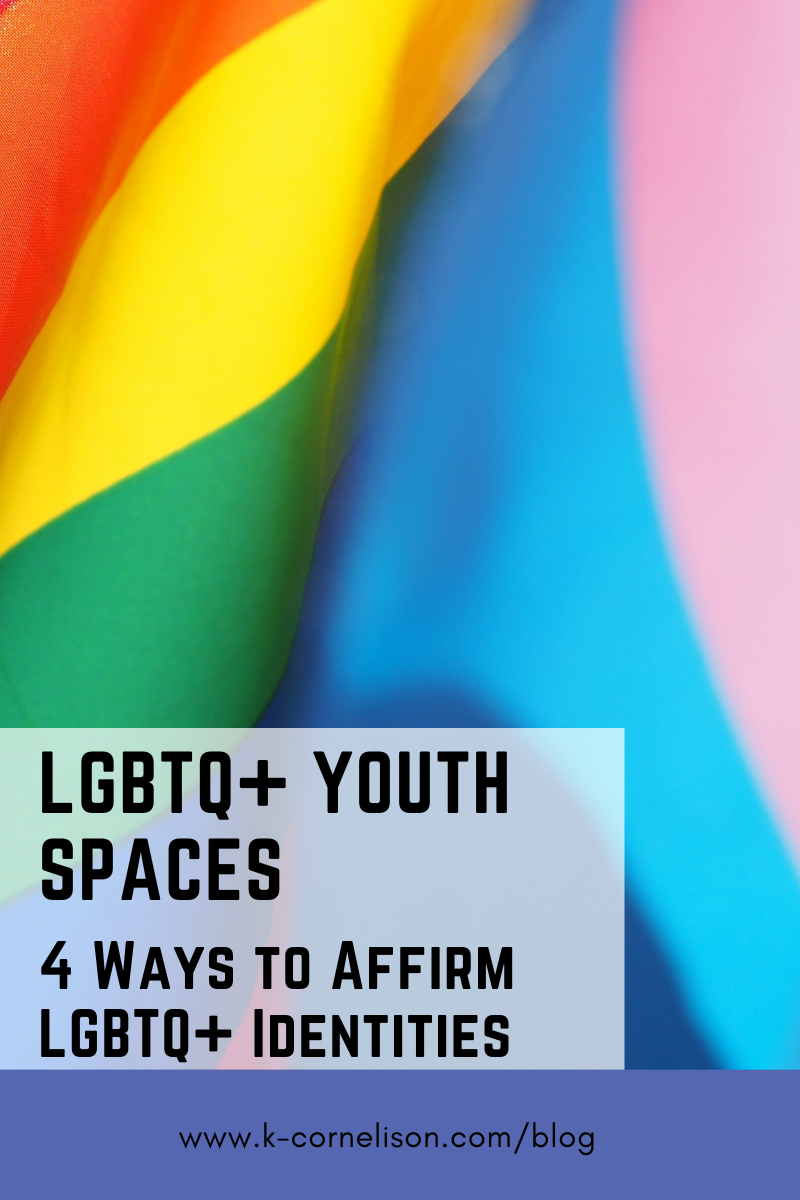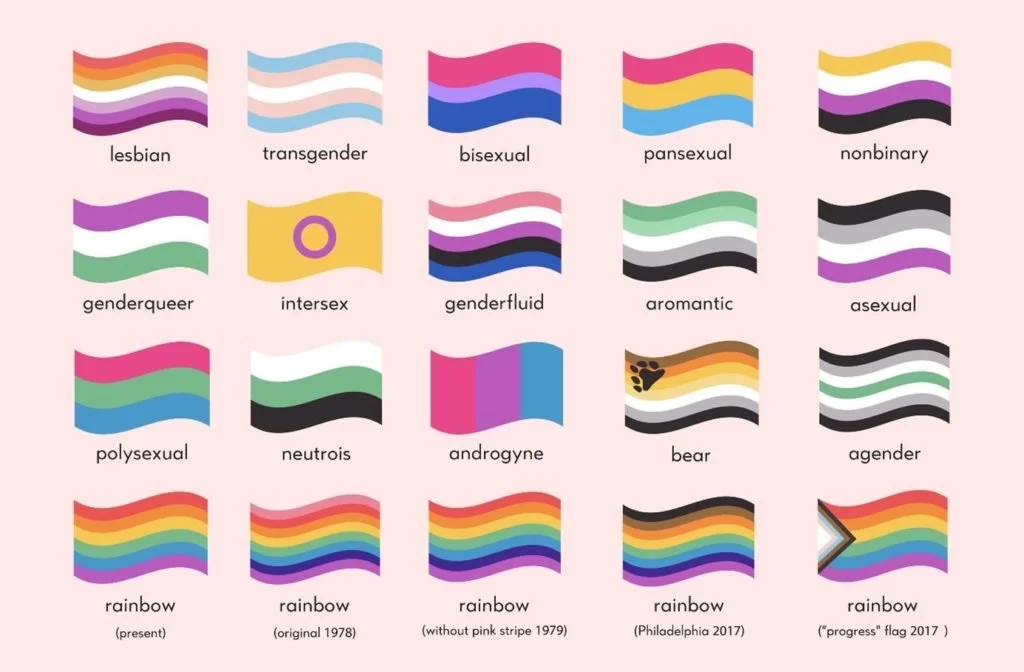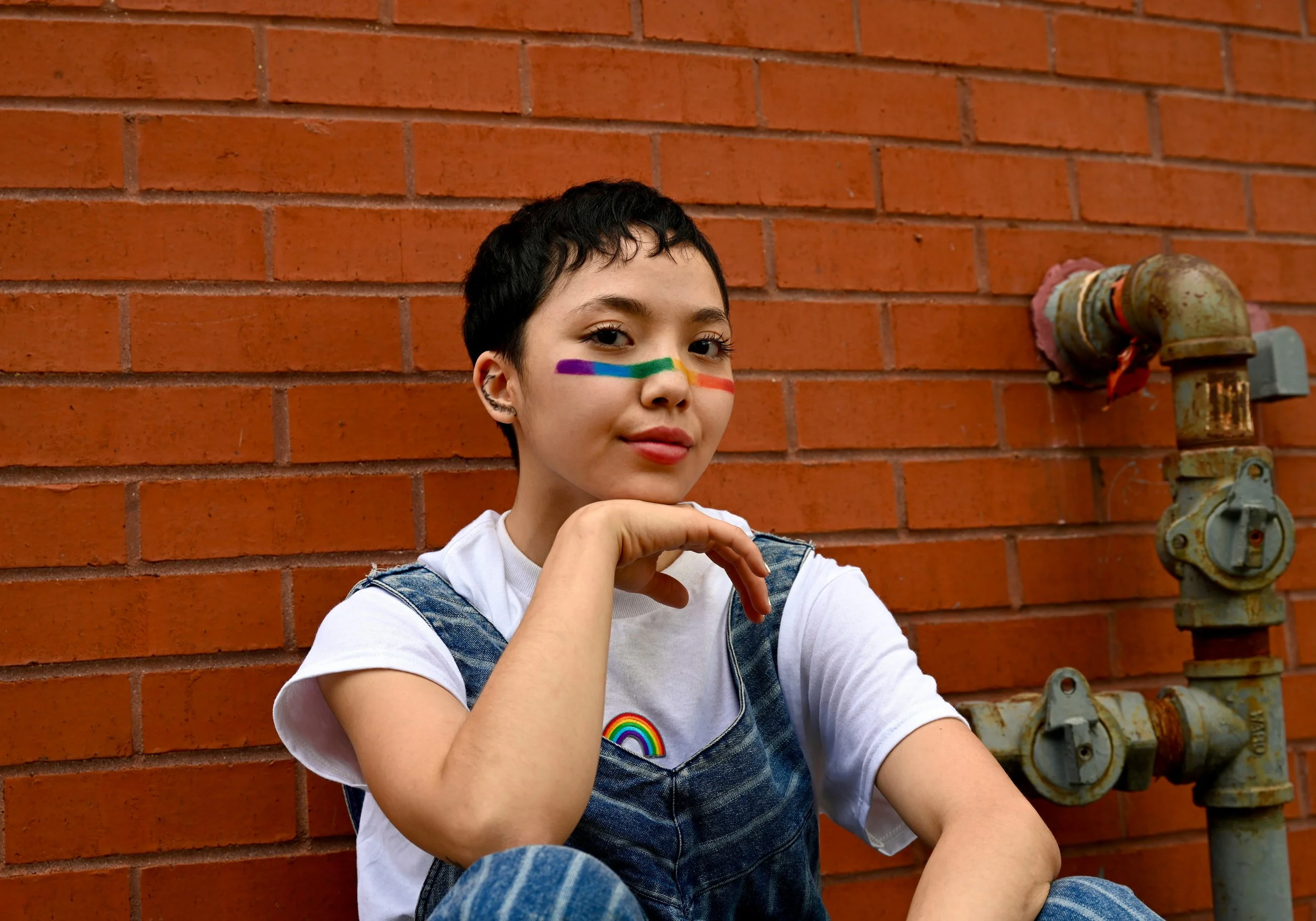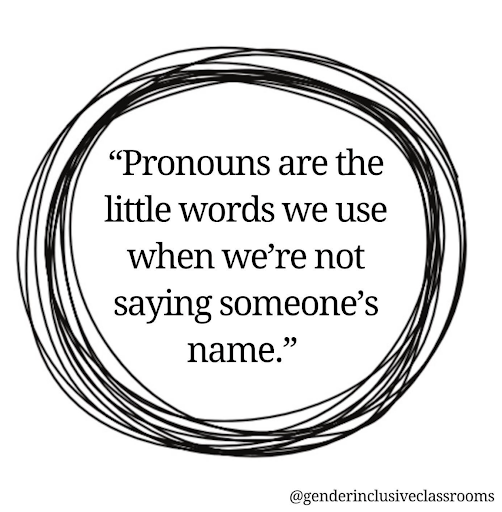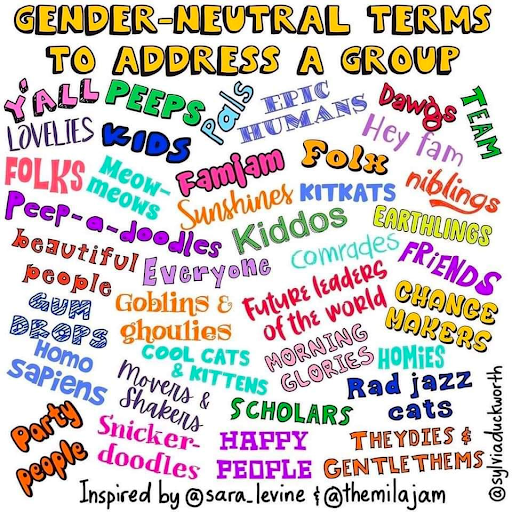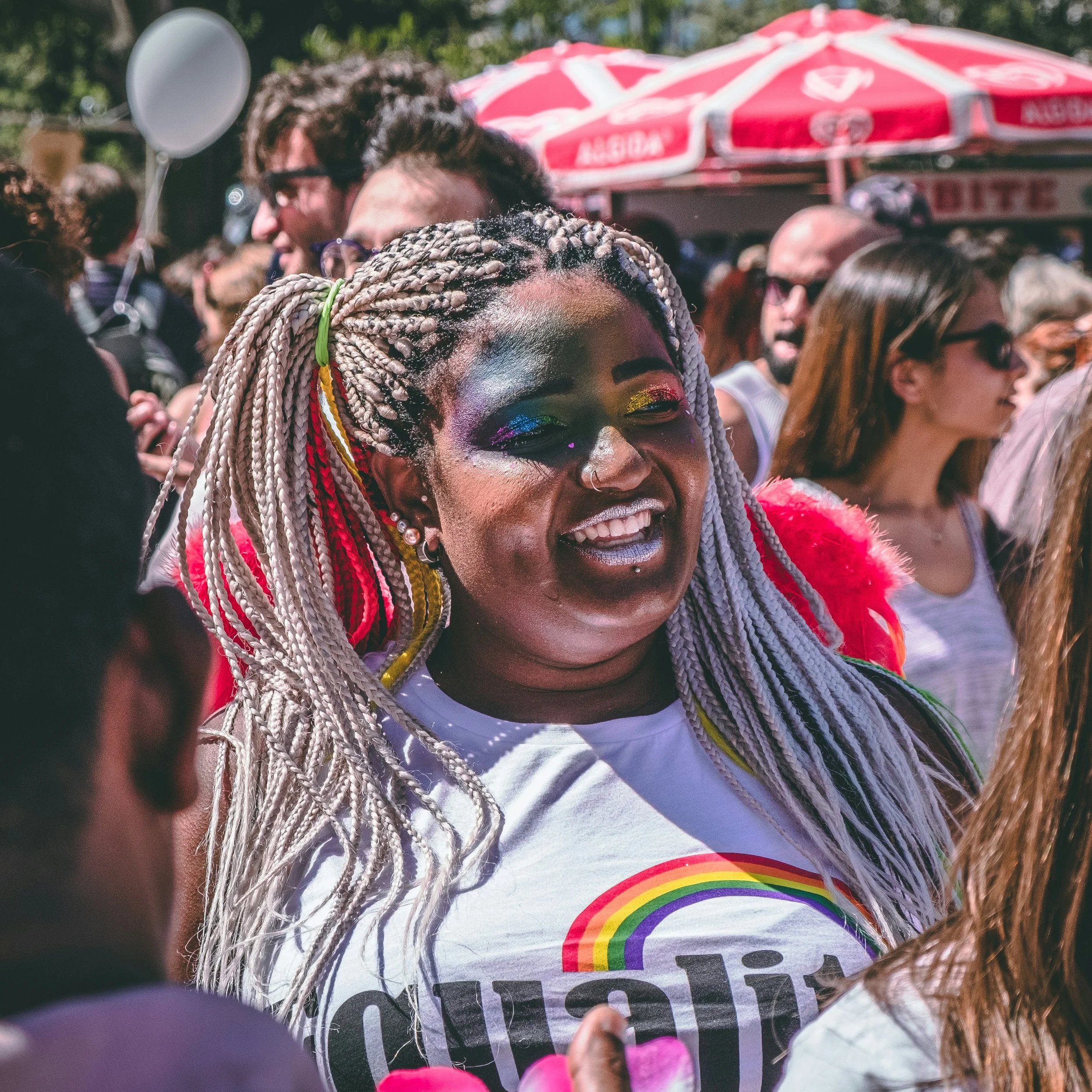LGBTQ+ Youth Spaces
4 Ways to Affirm LGBTQ+ Identities
For folks who work with young people, one of the more basic things we can do is help them feel safe and comfortable in spaces that are set up for them. While this may seem simple, that’s not necessarily easy. Young people hold many intersecting identities and it can be tricky to ensure all youth feel safe in your space.
We know that many young people are members of the LGBTQ+ community. According to recent data, 24% of students in the US identify as gay, lesbian, bisexual, or questioning/other, and 1 in 5 Gen Z adults (ages 18-26) identify as LGBTQ+.
Creating supportive environments for LGBTQ+ youth is crucial in reducing their risk of attempting suicide and improving their overall mental health. According to the Trevor Project’s Facts About Suicide Among LGBTQ+ Young People:
LGBTQ+ young people with at least one accepting adult in their life report significantly lower rates of attempting suicide.
LGBTQ+ young people who found their school and home to be LGBTQ+ affirming reported lower rates of attempting suicide.
Transgender and nonbinary young people attempt suicide less when their pronouns are respected, when they are allowed to officially change the gender marker on their legal documents, and when they have access to spaces (online, at school, and home) that affirm their gender identity.
So what can you do to help LGBTQ+ youth feel supported and affirmed in your space? Here are 4 strategies that apply to any school, health center, or other youth-serving organization.
1.Visual Cues
One seemingly simple way to show support for LGBTQ+ Youth is to provide a visual cue that LGBTQ+ people are welcome in your space. This can include the classic example of a rainbow flag but did you know that there are MANY different versions of the pride flag and all of them represent different communities?
Beyond the flag, there is no shortage of signs or posters that can show support to the LGBTQ+ community. I would recommend browsing the Queer Owned side of Etsy to ensure you’re supporting queer creators at the same time.
If putting materials up on the walls isn’t an option for you because of organizational or health code policies (I’ve worked with lots of health centers that have this barrier) I would consider wearable visual cues instead such as rainbow lanyards or pins that you can clip to your badge or shirt.
Another simple way to affirm LGBTQ+ people in your space is to include your pronouns on your name badge or in your email signature. (You can also buy cute pins on Etsy!) This is something I do whenever I’m given one of those paper name tags at a conference or meeting (in addition, I always give my pronouns when introducing myself). Even if this is not the norm in your space, it’s one small signal to people around you that you’re an ally or a member of the community. People who don’t get it, won’t get it and those who do will appreciate it (as the youth say, IYKYK).
Bonus: If you have images of youth (or people in general) on the walls, on your website, in brochures, etc ensure that you have images that show people of varying gender expressions and depicting queer relationships. Some inclusive (and free!) stock photos can be found here and here.
2. Forms
Create space on your forms or first day of school get-to-know you papers for youth to share a little more about how to address them. I would include:
Legal name AND name you go by (this can allow for nicknames as well!)
Open response/write-in option for gender
Separate space for sex assigned at birth (if you need that for any reason)
Open response/write-in option for pronouns
I would also be mindful of giving youth a heads up if their legal name will appear anywhere like on forms sent home from school or insurance papers. Seeing a deadname show up can be triggering for some people so it’s helpful to let them know if there are systems you can’t control.
Additionally, be aware that some youth are not able to be open with their parents or caregivers. So if youth have their paperwork filled out by a parent or caregiver, check in with them privately about these questions. Also ask if it’s ok to use their name they go by and pronouns in front of their parents/caregivers. That could even be a question on your form as well.
Bonus: while the term “preferred pronouns'' used to be commonly utilized, it’s not the best phrase to use anymore. “Preferred” makes using the correct pronouns seem like a choice or a preference when in reality, your pronouns are just your pronouns. We all have them and want them to be used correctly.
3. Correct Names and Pronouns
Once you know folks’ correct names and pronouns, it’s as simple as using those consistently and correctly. Here are a couple of quick strategies:
Affirm and use correct names (even if they change)
Affirm and use correct pronouns (even if they change)
Don’t assume pronouns, just ask!
Correct others if they make a mistake
Apologize and move on if you make a mistake
Introduce yourself with your pronouns (even if others don’t)
Beware of honorifics (Ms, Mrs, Mr, Mx)
Practice, practice, practice
Remember that young people are sometimes still figuring out their identities. Their names, pronouns, and how they identify themselves can be in flux. It may be difficult to keep track of, but that doesn’t make their names or identities any less valid. While these steps may seem small, in actuality this is life-saving work. According to the Trevor Project’s 2020 National Survey on LGBTQ Youth Mental Health, “trans and nonbinary youth who reported having their pronouns respected by all or most of the people in their lives attempted suicide at half the rate of those who did not have their pronouns respected.”
Bonus: Beware of phrases like “ladies and gentlemen” or “boys and girls” as you may be unintentionally alienating trans and non-binary youth. Here are some fun alternatives:
4. Organizational Policies and Practices
Rainbow flags don’t mean much if you can’t back them up with how people are treated. Consider if your organization has taken any of the following actions to ensure that LGBTQ+ youth are affirmed by everyone in your organization:
Has everyone in your organization been trained in LGBTQ+ inclusivity?
How do you address implicit bias when it comes up around this population?
Do you have (and enforce) non-discrimination policies in place to protect members of the LGBTQ+ community?
What are your practices to ensure that you are hiring members of the LGBTQ+ community? (And how are you reducing hiring bias towards this community?)
Finally, if your organization is giving you pushback, it’s time to advocate, advocate, advocate. LGBTQ+ young people are still discriminated against at alarming rates. It’s up to us as caring adults to create spaces for them that are as safe as possible and that starts with the steps above.
Need more help supporting and affirming LGBTQ+ youth in your school, health center, or other youth-serving space? Consider a full workshop on Supporting and Affirming LGBTQ+ Youth or contact me about consulting.
